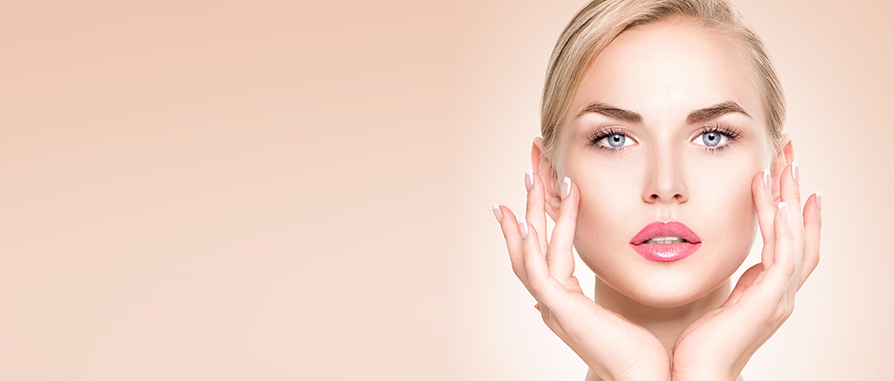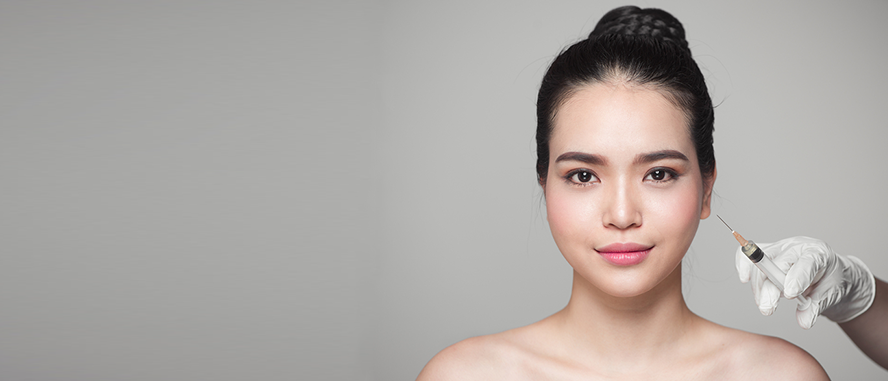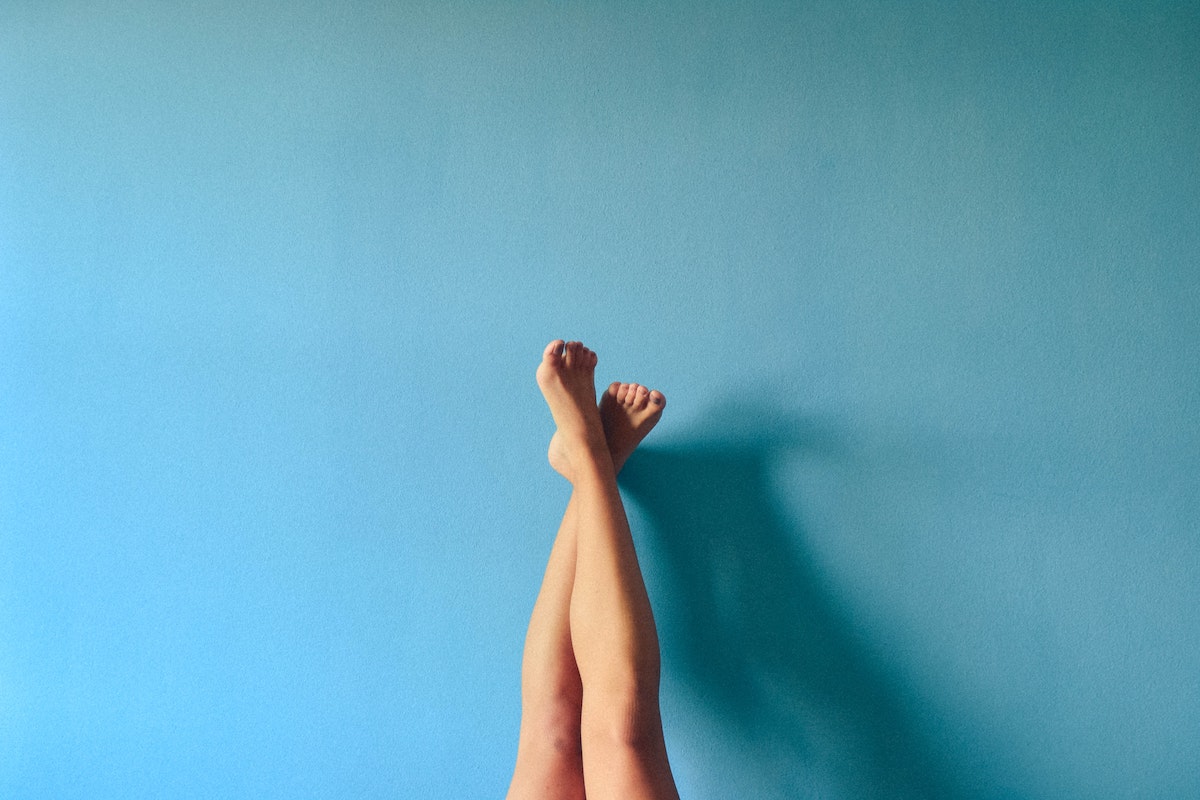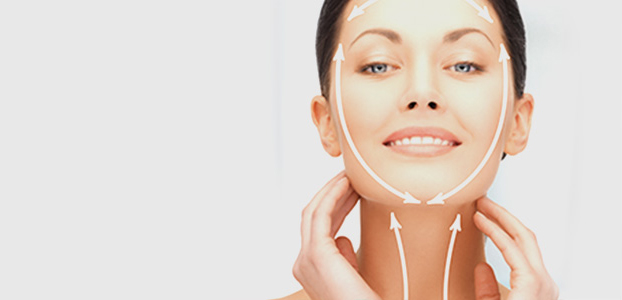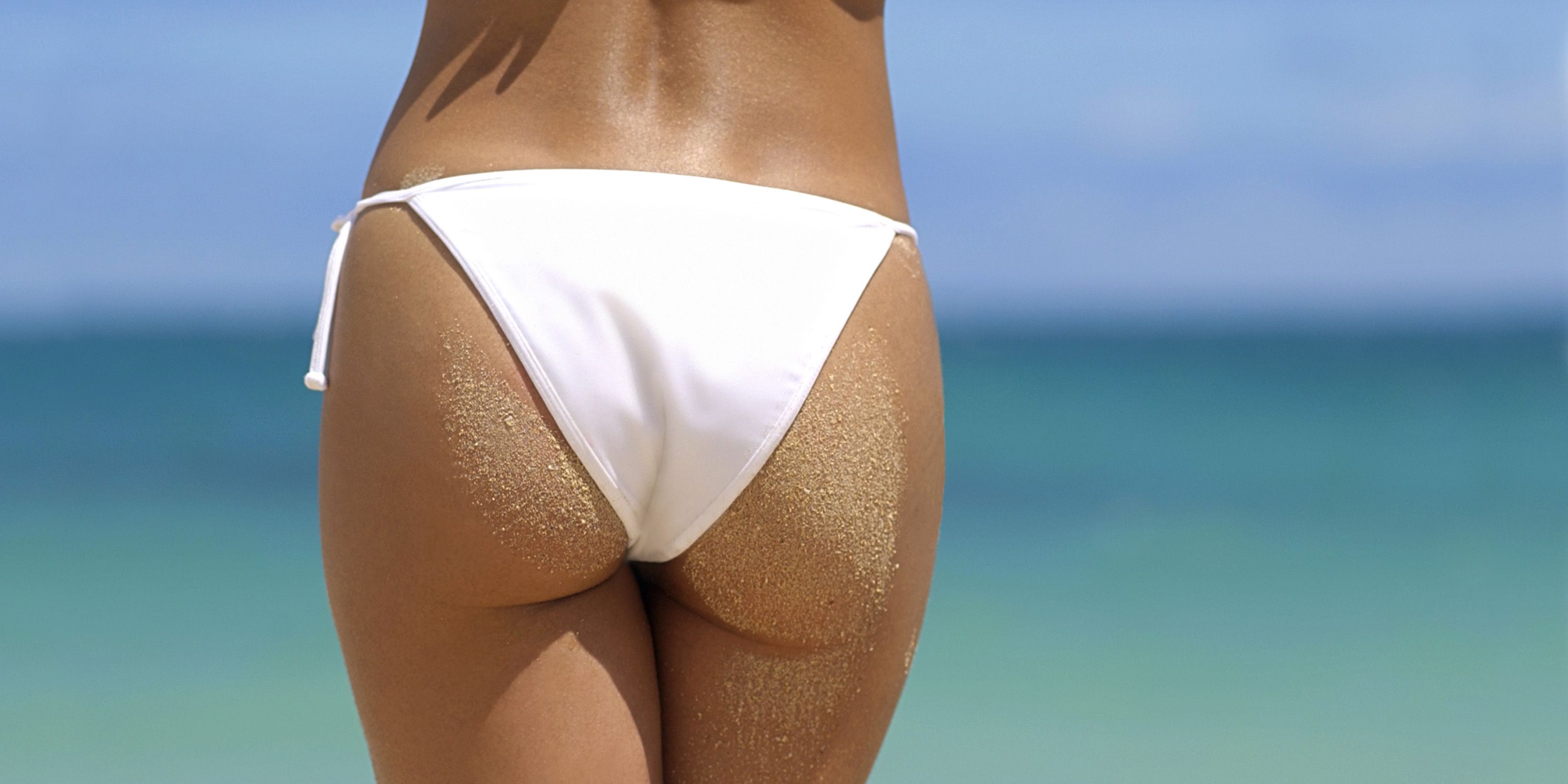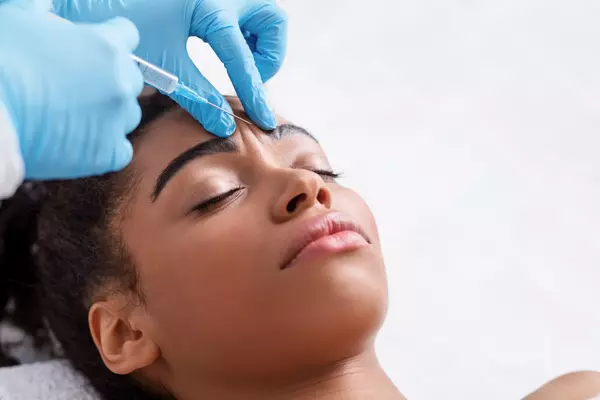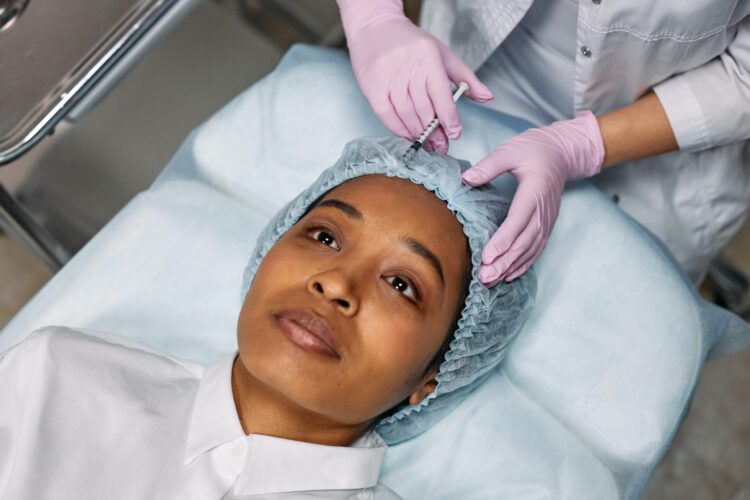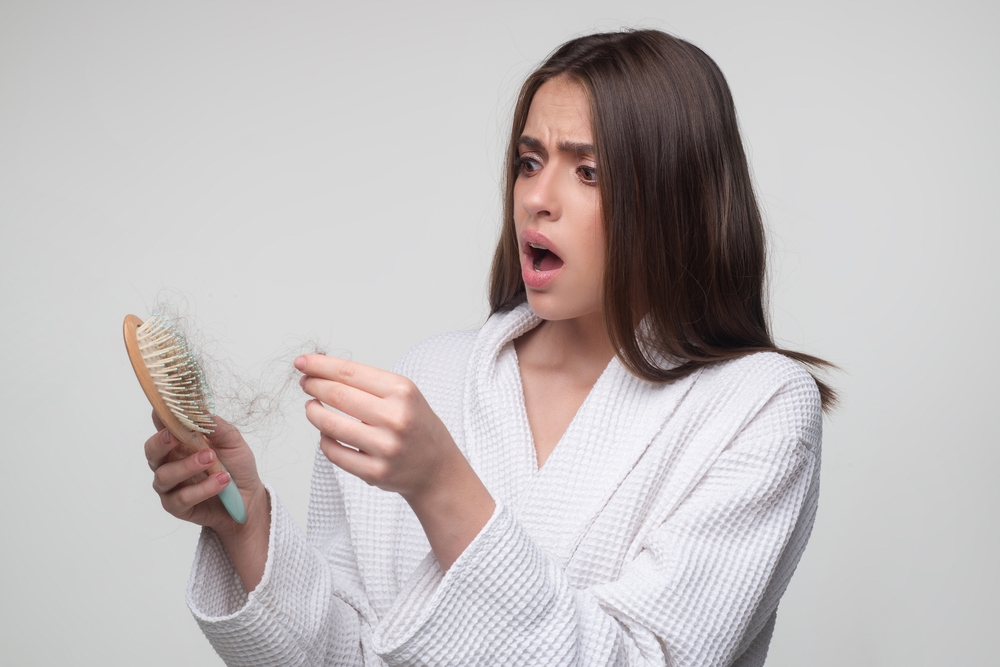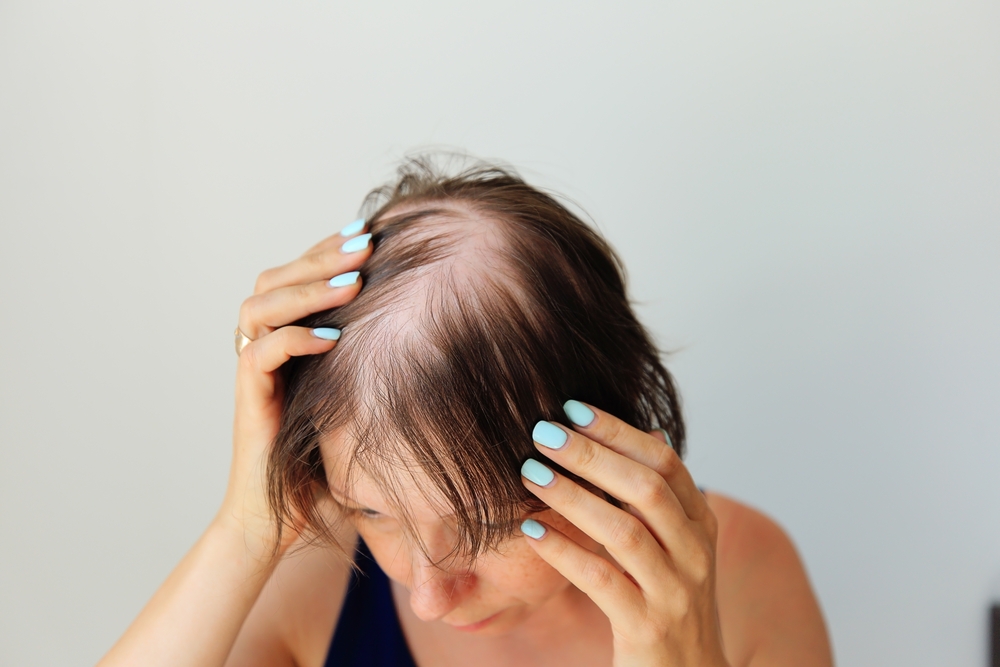You want to refresh your appearance, that much you know. But with so many injectable treatment options out there, how do you know which one (or ones!) is right for you?
In short, the best injectable for you will depend on your goals, expectations, and trouble spots. For a more detailed explanation of the differences between some of the most popular injectable cosmetic treatments and who they’re best for, read on.
Botox, Dysport, and Xeomin
Botox, Dysport, and Xeomin are different brands in the same class of injectable wrinkle treatments known as neuromodulators. These injectables contain botulinum toxin, which temporarily relaxes the muscle contractions that cause fine lines and wrinkles in areas of your face that often move — think crow’s feet, forehead wrinkles, and “11 lines” between your eyebrows.
But don’t worry; when administered by a trained professional, Botox, Dysport, and Xeomin can yield very natural-looking results. Dr. Azza Halim of Sanctuary Medical Aesthetic Center told Byrdie that the goal of Botox and other neuromodulators is to “relax facial muscles without over-freezing,” thus creating a smooth, natural look and avoiding a “frozen” face.
Generally speaking, neuromodulators last around 3 to 6 months before another treatment will be needed to maintain results. However, there is some evidence that starting Botox early may be able to prevent wrinkles from forming in the future.
Juvéderm, Radiesse, Sculptra, & Other Fillers
Juvéderm, Radiesse, Sculptra, Beloterro, and Bellfill are all types of injectable fillers, though not all brands of fillers necessarily contain the same active ingredients or work in the same way.
Hyaluronic acid (HA) fillers like Juvéderm and Beloterro work by plumping your skin from the inside out using hyaluronic acid, which has the ability to bind to and retain up to 1,000 times its molecular weight in water. This plumping effect temporarily “fills in” lines and wrinkles and can also add volume to areas like your cheeks or lips. On the other hand, Beloterro has a tendency to retain less water than other HA fillers, making it an excellent treatment option for the eye area, where you do not want puffiness and swelling, as Dr. Halim explains in an interview with Shape.
One of the benefits of hyaluronic acid fillers is that they can be dissolved using a special enzyme at any time. This is not possible with other types of fillers, which need to gradually wear away over time to restore your normal appearance. HA fillers can last anywhere from 6 to 18 months, depending on the brand and treatment location.





















